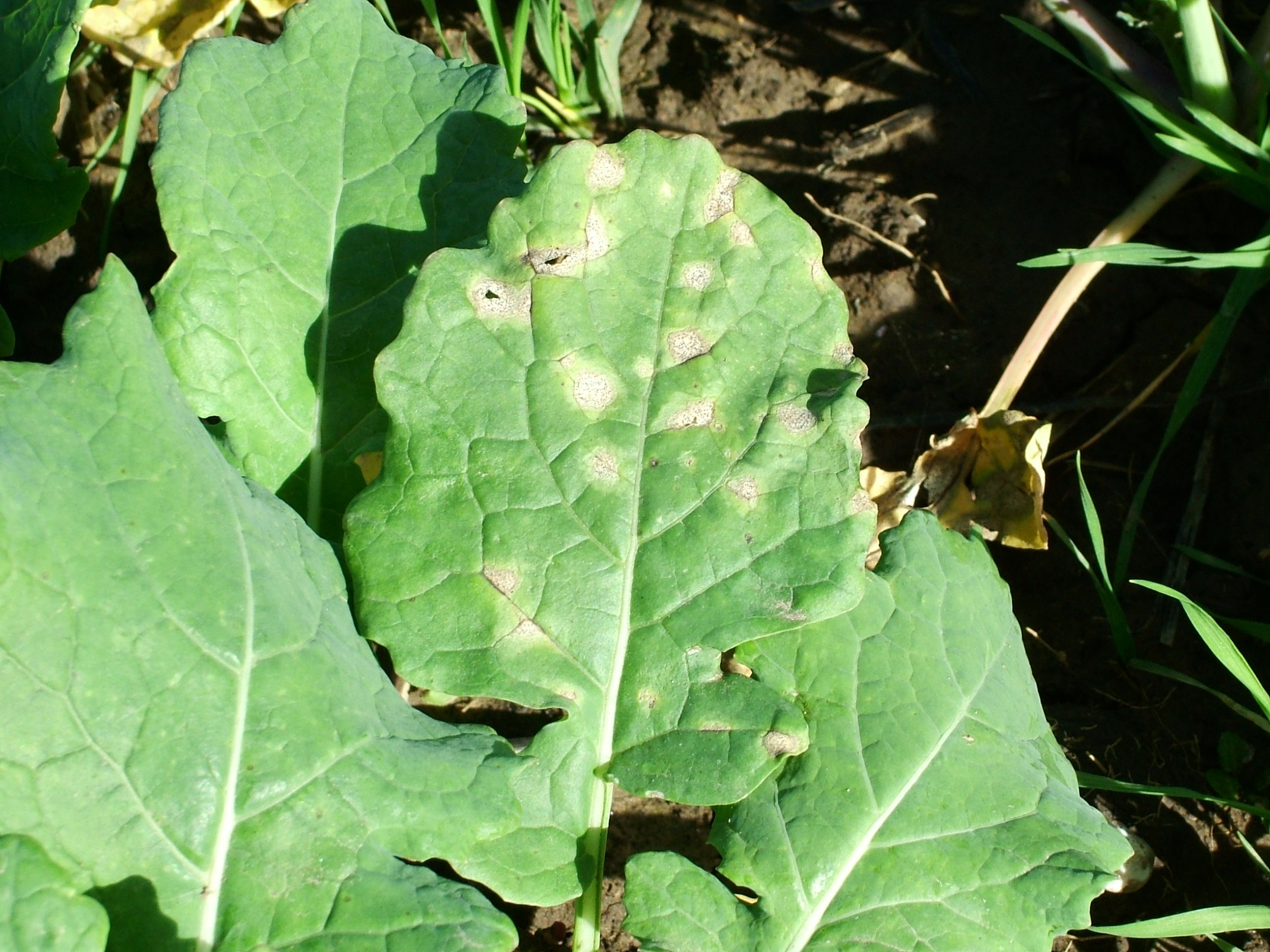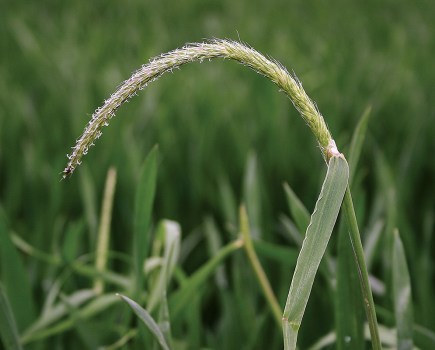
Increasing incidences of both Light Leaf Spot and Phoma over the last couple seasons in oilseed rape, so what is the best strategy to ensure this does not happen again this season?
Dr David Ellerton, Hutchinsons technical development director, believes that the first line of defence should be to choose a variety which shows good resistance to both of these diseases by consulting the AHDB Recommended Lists for information.
“This will reduce the risk of disease infection and also give some leeway in fungicide timings,” he says.
He points out that in order to help decide fungicide timings this autumn, phoma risk forecasts will be available from Rothamsted Research Station, which are based on region and incidence of phoma canker last season and rainfall in September and October.
“Phoma spores need 20 days or more rain from August 1st in order to mature on stubble. More rainfall than this causes release of mature spores, which are then able to infect the crop – if there is a minimum of 4 hours leaf wetness.”
“From infection, it takes an accumulated mean temperature of 120 day degrees (i.e. 6 days at 20˚C, or 10 days at 12˚C) for a mature spore to produce the characteristic leaf spot, from which the mycelium will migrate down the petiole of the leaf and into the central stem. “
“At low temperatures, this migration may be only 1mm per day, but it is essential to control the disease before it reaches the stem, as control then becomes almost impossible and stem cankers will result later in the season,” he says.
All rape crops should be monitored and fungicides applied once crops have reached a threshold of 10-20% of plants infected with phoma leaf spot and the risk forecast will indicate when this is likely to occur says Dr Ellerton.
He advises that priority should then be given to spraying small plants of varieties with high susceptibility to phoma, where there is a shorter distance for the mycelium to travel before reaching the stem.
“Sprays applied for phoma control will also inhibit the other key autumn disease, Light Leaf Spot (LLS). However if no spray has been applied for phoma, then a routine protectant fungicide should be applied for LLS in late October, or early November – although symptoms are often not found in crops until late November, or December.”
“Even if a phoma spray has been applied, a second spray may also be required, particularly if development of phoma leaf spots have prompted very early application of the first fungicide.”
Risk forecasts for LLS in the autumn (again available on the Rothamsted website) are based on region, amount of pod disease the previous summer and deviation from the 30 year mean summer temperature – and all indications are that the risk is likely to be high this autumn.
Although traditionally Light Leaf Spot was a disease of Scotland and the North of England, Crop Monitor information shows that more recently the disease is frequently being found in the south of the country.
Symptoms shown are large, mealy blotches on the leaves, with a pinkish white centre and white spore droplets around the edge of the lesion. It may be necessary to incubate them for a couple days in a plastic bag for these droplets to develop, says Dr Ellerton.
Choice of fungicide
Dr Ellerton says that where disease control is the main issue, fungicides should be based around active ingredients such as prothioconazole, tebuconazole, prochloraz/tebuconazole, picoxystrobin/penthiopyrad or difenoconazole. However, if growth manipulation as well as disease control is needed in more forward/thicker crops, then metconazole or tebuconazole based products will be more appropriate.
“In more backward crops, or crops on particularly light land, consideration should be given to the relatively new fungicide based on penthiopyrad and picoxystrobin. Trials have shown excellent control of both Phoma and LLS combined with ability to considerably increase root mass enabling better uptake of nutrients and potentially better growth in a dry spring, through increased water scavenging. Uniquely, this is achieved without a reduction in crop size above ground.”



